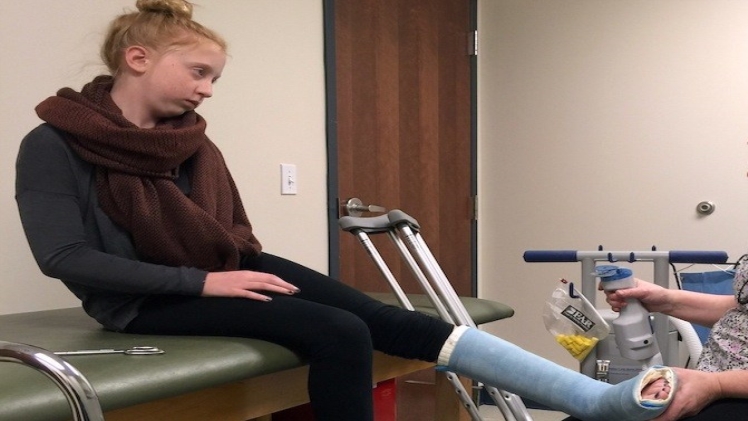Complex Regional Pain Syndrome (CRPS) is a chronic pain condition, a neurological disorder caused by dysfunction in the central and peripheral nervous system. It may occur due to an old injury or for no apparent reason at all and is most often characterized by changes in the color and temperature of the skin in the affected area, an intense, burning pain, and heightened skin sensitivity. There are two categories of CRPS: CRPS I, which may be triggered with no apparent nerve injury, and CRPS II, where a nerve injury clearly triggers the condition.
What if you suffer CRPS at workplace?
CRPS may occur at any age and in both men and women, although statistics suggest that it is much more common in young women. It is basically an intense, continuous pain that is widely out of proportion to the severity of any injury that may be involved. If you suffers CRPS at your work place ,You can contact your attorney to know more about cprs lawsuit. CRPS gets steadily worse over time, typically starting in one extremity and slowly spreading to the others. Skin sensitivity is increased, and the person affected may reach a point where even the slightest touch causes extreme discomfort. The affected extremity may also swell and become stiff, with movement becoming increasingly difficult.
Stages of CRPS
Given time and without treatment or therapy, the pain may travel throughout the extremity and even into other extremities. The condition may be aggravated by emotional stress. The condition may vary in intensity, but most medical professionals believe that there are three progressive stages of CRPS.
Stage One: typically lasts from 1 to 3 months, characterized by severe and worsening pain, muscle spasms, joint stiffness, and changes in skin color and temperature.
Stage Two: typically lasts from 3 to 6 months, with steadily increasing pain, softened bones, stiff joints, and weakened muscle tone.
Stage Three: this is where the syndrome has progressed to a point where skin changes and bones are no longer reversible. Pain permeates the entire affected extremity, with considerable muscle loss, limited mobility, and severe muscle contractions.
Obviously, it becomes important to seek treatment and therapy early on, as all possible steps should be taken to prevent the condition from reaching Stage Three.
The medical community is largely unsure of what causes CRPS, although evidence suggests that old injuries may be one trigger for it. However, there are cases of CRPS in patients with no previous injury.
Psychotherapy
Psychotherapy also plays a vital role in recovery, and those suffering from CRPS may also develop depression or anxiety, making it difficult to concentrate on improving. Depression only serves to heighten the sense of the problem, which can successfully block rehabilitation efforts.
When all else fails, more radical treatments may be in order. Nerve blocks may be utilized to literally block off nerve endings to relieve the pain, and surgery may also be an option, destroying the affected nerve endings to bring relief. This procedure is quite controversial, however, and is used only as a last resort.
